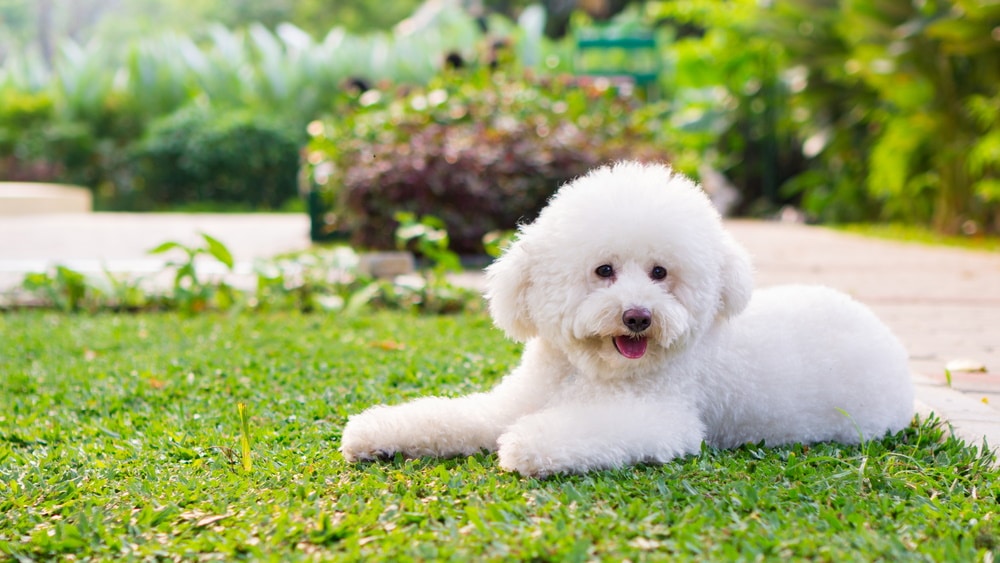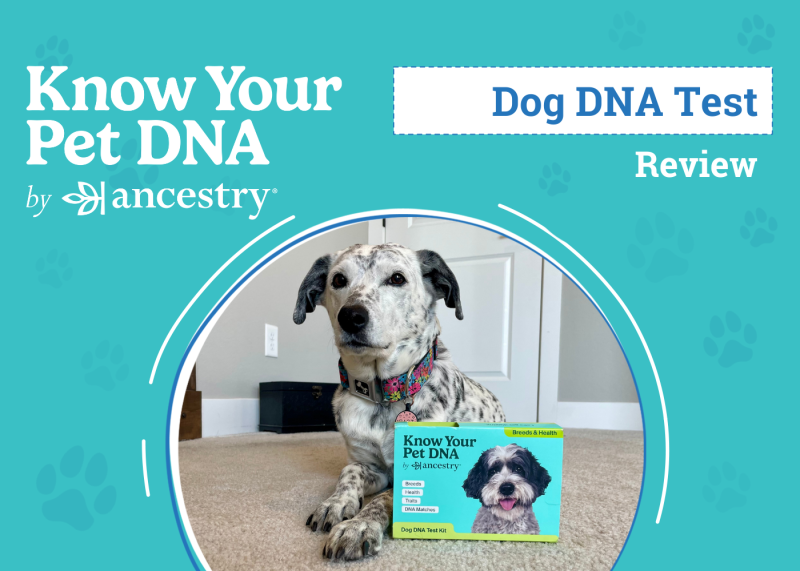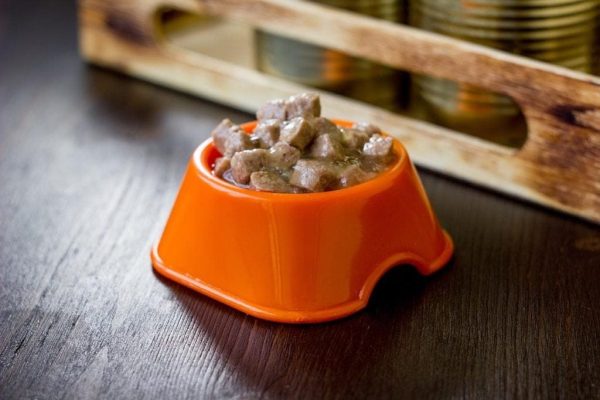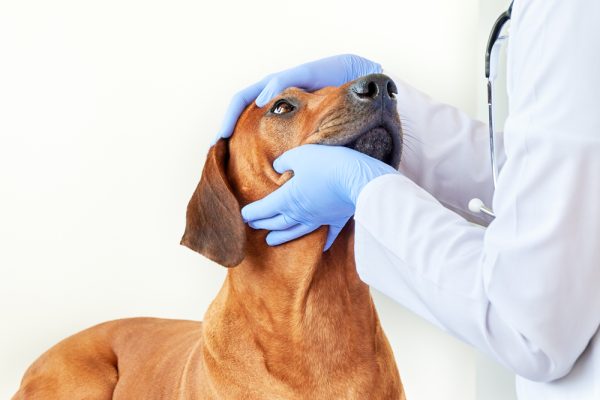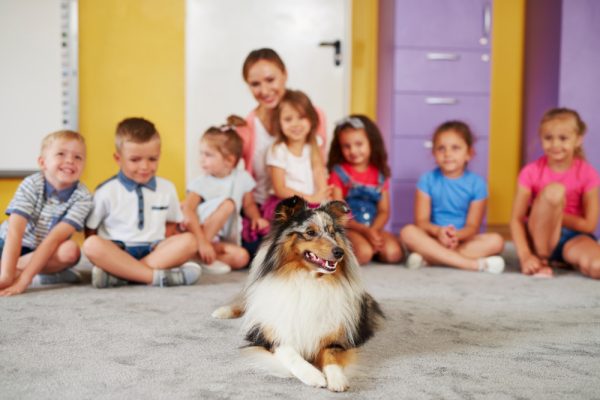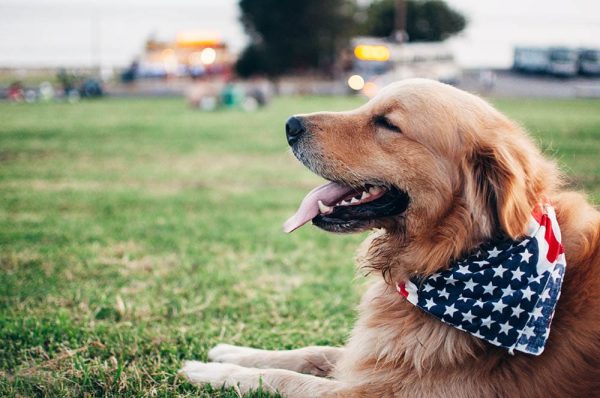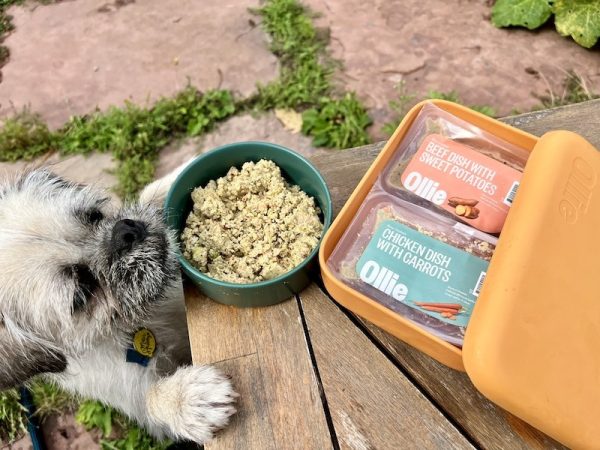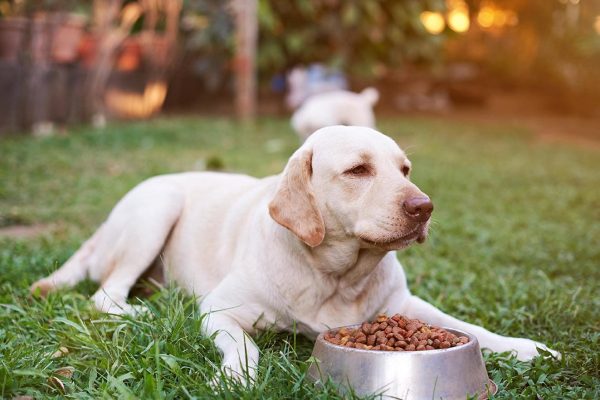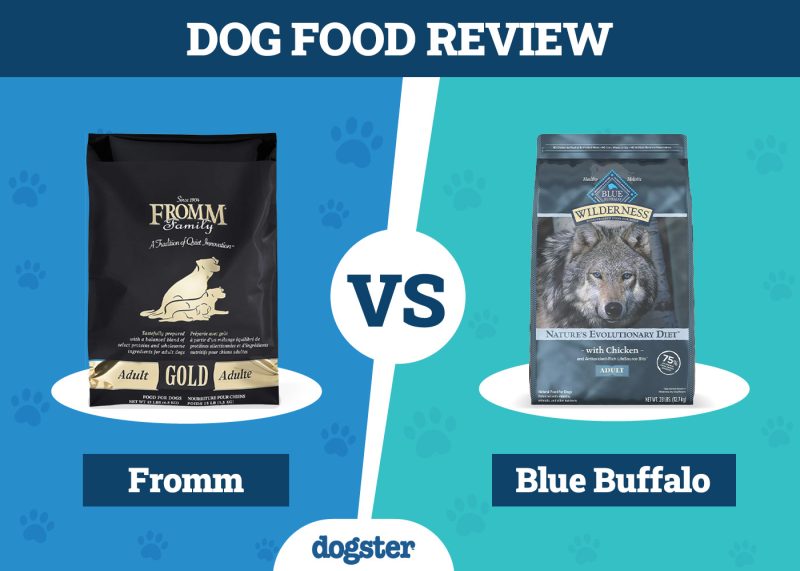In this article
Have you heard of a “hypoallergenic” dog? You might have, but it’s important to know that term is not accurate, and there is no such thing as a hypoallergenic dog! When a dog is called “hypoallergenic,” it means that they shed less fur, but unfortunately, that doesn’t equal to being less likely to trigger allergies than other breeds.
If you have a dog allergy and are considering adopting a dog, it’s essential to speak to your doctor beforehand and understand what are your allergic triggers and the best way to manage your symptoms. If your doctor gives you the green light and you are looking for a small dog that doesn’t shed too much, one of the following breeds could be a great choice. Remember that even hairless dog breeds can trigger allergies because the allergens (proteins that trigger allergies) are found in dog’s dander (and also in dog’s saliva, urine, and blood). Since every dog sheds dander, all dogs release allergens to the environment.
Dander consists of tiny flakes of dead skin cells that are shed by dogs to various degrees, they can be spread by fur, and that’s why low-shedding breeds are thought to be less allergenic. If you would like to know which dogs fit into this category so you can see which one is your favorite, keep reading for a list of several small, “hypoallergenic” dog breeds.

How Are Small Hypoallergenic Dog Breeds Classified?
All the dogs on this list weigh less than 28 pounds and are considered low shedders compared to other breeds.
Top 15 Smallest Hypoallergenic Dog Breeds
1. Affenpinscher
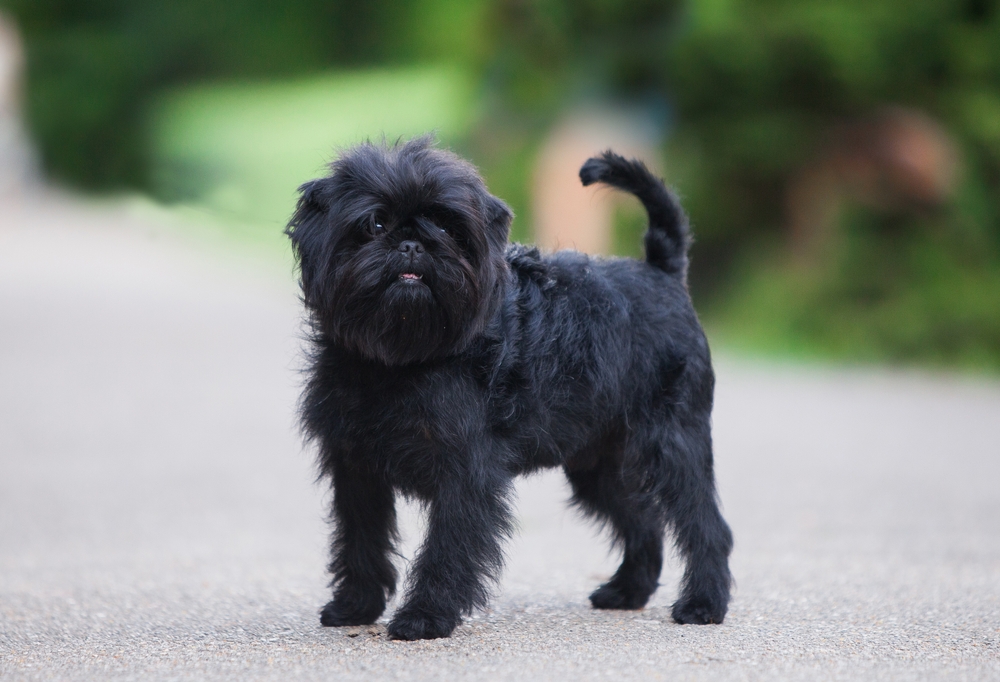
| Origin: | Germany |
| Lifespan: | 12–15 years |
| Weight: | 7–10 pounds |
The Affenpinscher is a small, sturdy dog with a monkey-like face that gives them their name and makes them popular with children and adults. They have a bold and adventurous temperament, and they won’t back down from any threats, no matter how large. They are moderate shedders.
2. American Hairless Terrier
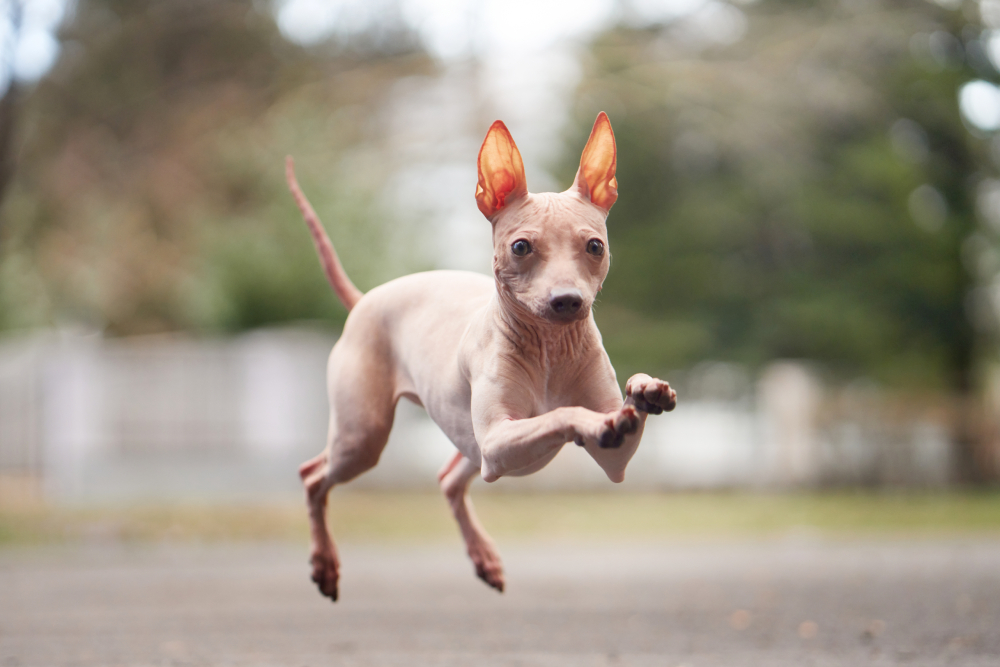
| Origin: | United States |
| Lifespan: | 14–16 years |
| Weight: | 12–28 pounds |
The American Hairless Terrier is a unique and relatively rare dog breed known for their lack of coat, making them virtually a non-shedding dog breed, but remember that they still shed dander. They are friendly toward children and form strong bonds with family members. They are also intelligent and easy to train.
3. Bedlington Terrier
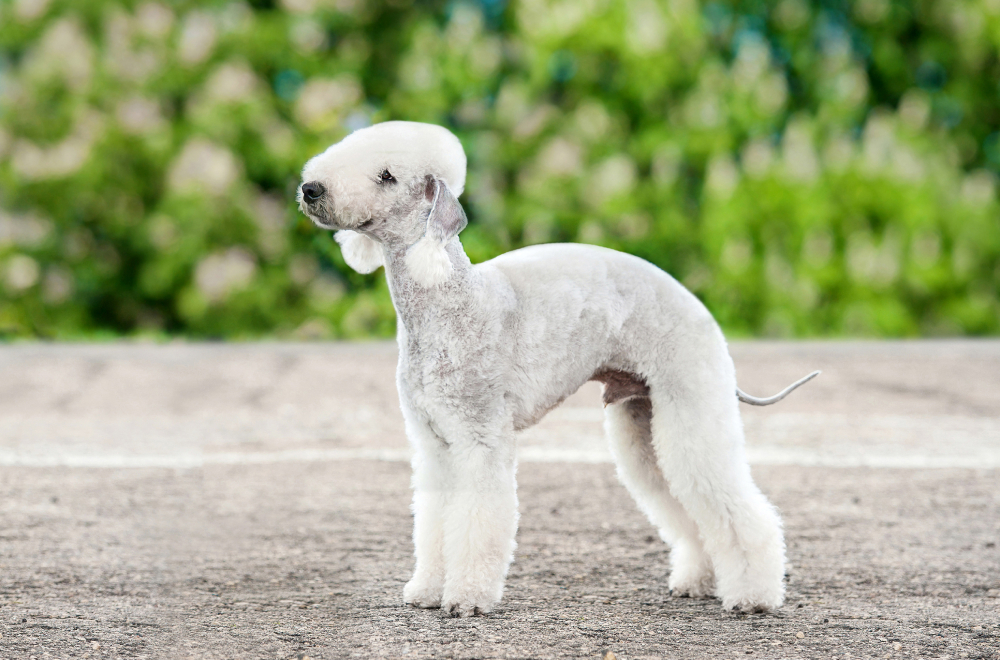
| Origin: | England |
| Lifespan: | 11–16 years |
| Weight: | 17–23 pounds |
The Bedlington Terrier was initially known as the Rothbury or Rothbury’s Terrier, and they’ve been a favorite since the 19th century due to their unique appearance. They originally hunted vermin, foxes, and badgers, but today, they make great family pets and protectors. They are very low shedders.
4. Bichon Frise
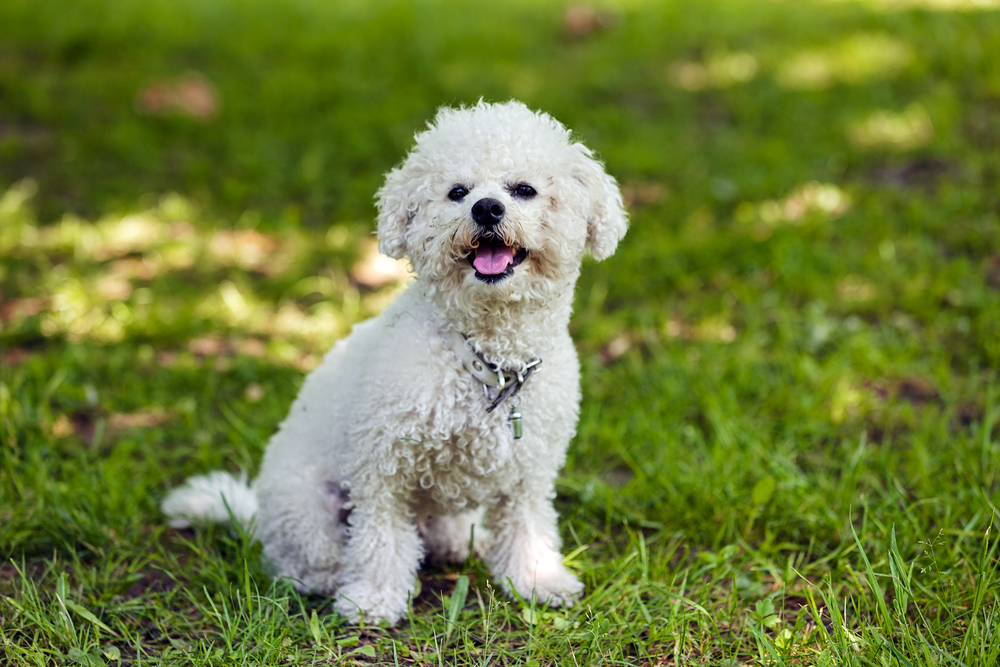
| Origin: | France |
| Lifespan: | 14–15 years |
| Weight: | 12–18 pounds |
The Bichon Frise is an extremely friendly dog that gets along well with children and other pets. They love to be part of the family and enjoy taking part in activities. Even though they shed minimal amounts of fur, they require a great deal of grooming to help keep them looking their best.
5. Bolognese
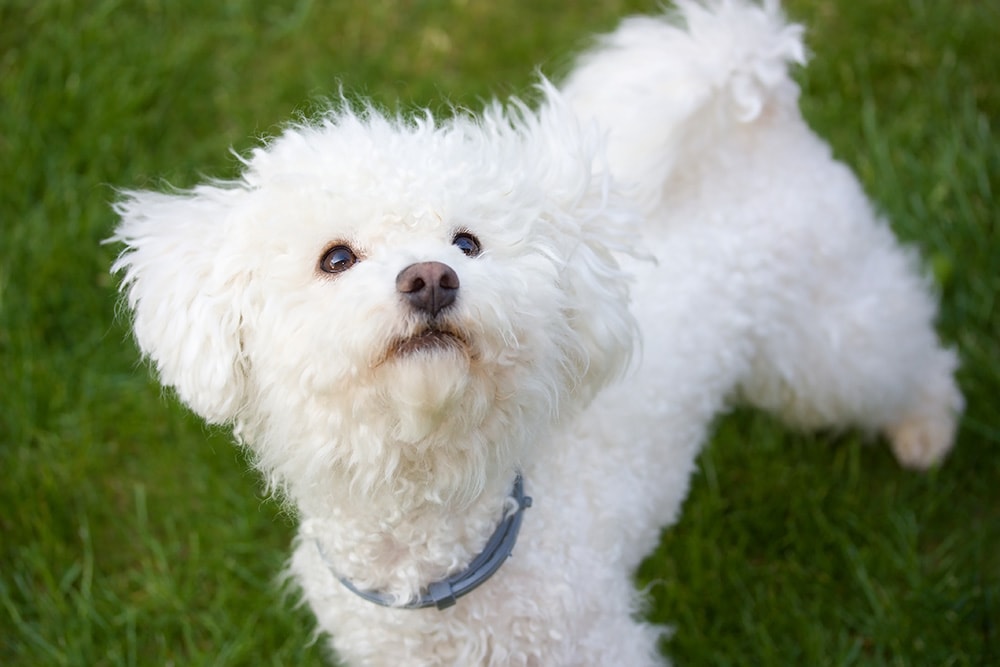
| Origin: | Italy |
| Lifespan: | 12–14 years |
| Weight: | 6–10 pounds |
The Bolognese is an attractive and cuddly dog that is intelligent and easy to train to do a wide variety of tricks. Besides being very low shedders, they are also a quiet breed, only barking when they need to, which makes them especially well-suited to apartments and other small living spaces.
6. Chinese Crested
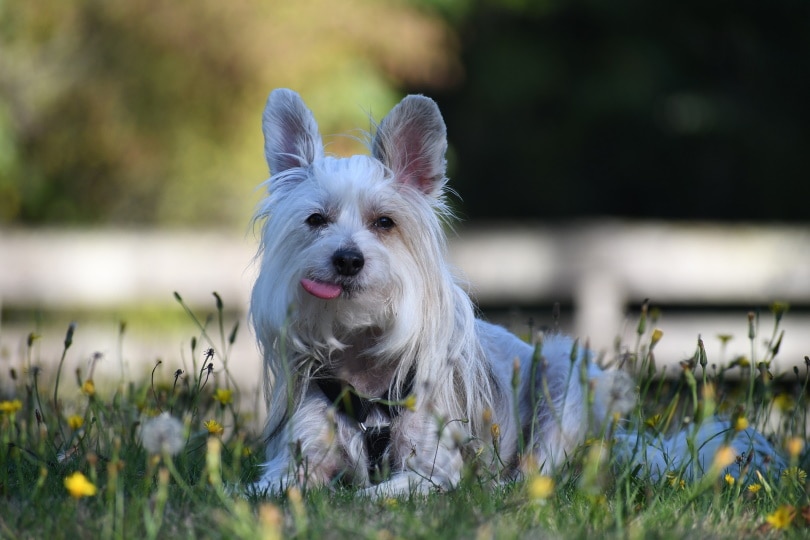
| Origin: | China |
| Lifespan: | 13–18 years |
| Weight: | 8–12 pounds |
The Chinese Crested dog is easy to recognize with their hairy face and tail but bald body. They get along well with family members and form strong bonds. They are also intelligent and easy to train. Despite being mostly hairless, they still have some grooming needs, and their skin needs to be looked after to stay healthy.
7. Coton de Tulear
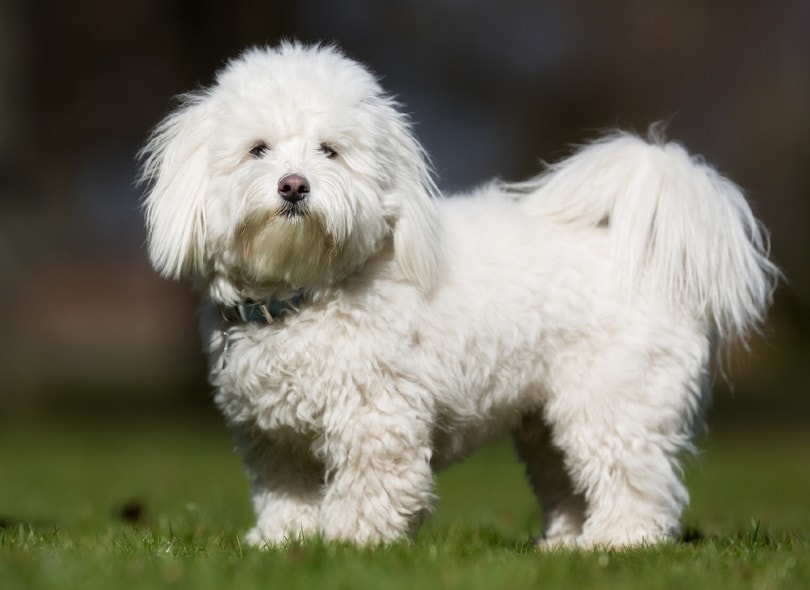
| Origin: | Madagascar |
| Lifespan: | 15–19 years |
| Weight: | 8–15 pounds |
The Coton de Tulear is one of the friendlier dogs on this list, forming strong bonds with family members and getting along well with children and other pets. They are also friendly toward strangers and are fairly easy to train. However, they are moderate shedders, and their coat can require a great deal of grooming to look its best.
8. Lowchen
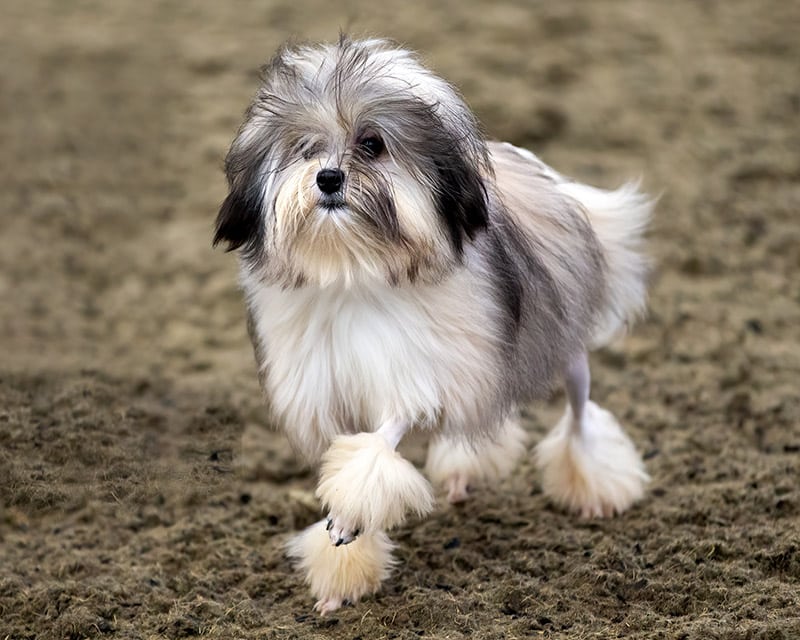
| Origin: | Possibly Germany |
| Lifespan: | 13–15 years |
| Weight: | 15 pounds |
The Lowchen is an amazing dog with a lion-like appearance and long hair. They are protective and won’t back down from any threat, but they form strong bonds with family members and can be quite friendly and playful, especially with children. They are also easy to train, even for first-time pet owners.They are moderate shedders.
9. Maltese
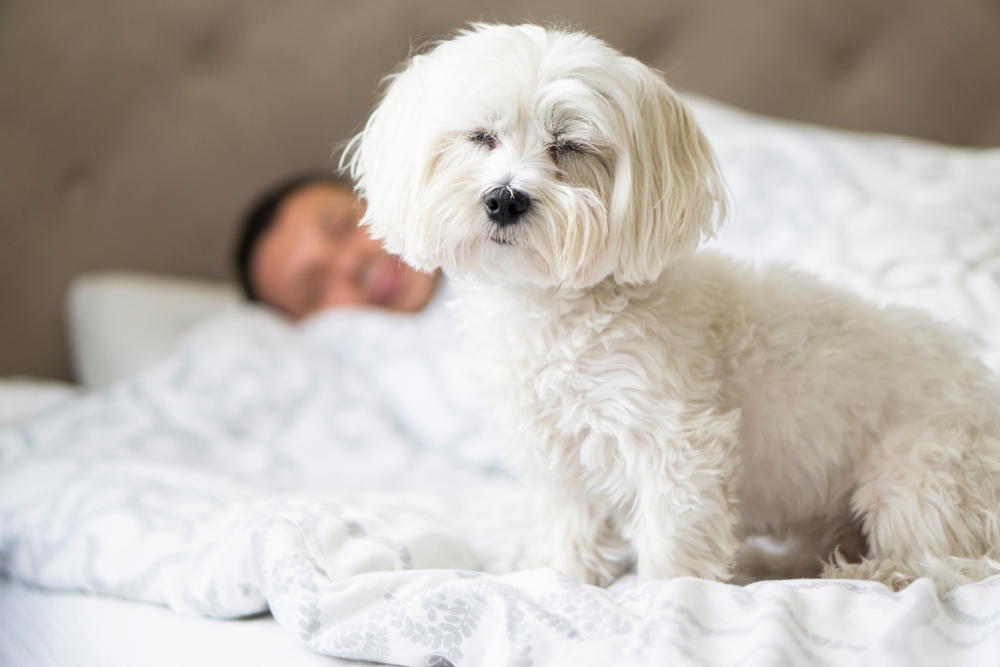
| Origin: | Malta |
| Lifespan: | 12–15 years |
| Weight: | <7 pounds |
The Maltese are an ancient dog breed that has always been popular, especially with royalty. They are extremely affectionate with family members and often find a favorite lap to sit in. They can also be quite protective of the ones they form strong bonds with. However, they can be stubborn and difficult to train for new pet owners, and they require a significant amount of grooming despite being low shedders.
10. Miniature Schnauzer

| Origin: | Germany |
| Lifespan: | 12–15 years |
| Weight: | 11–20 pounds |
The Miniature Schnauzer is a friendly dog that gets along well with family members and children. They are also quite playful and can be great fun to have around, especially since they are intelligent and easy to train. The downside is that their fur requires plenty of brushing, especially their beard, and they are probably the biggest shedders from this list.
11. Peruvian Inca Orchid
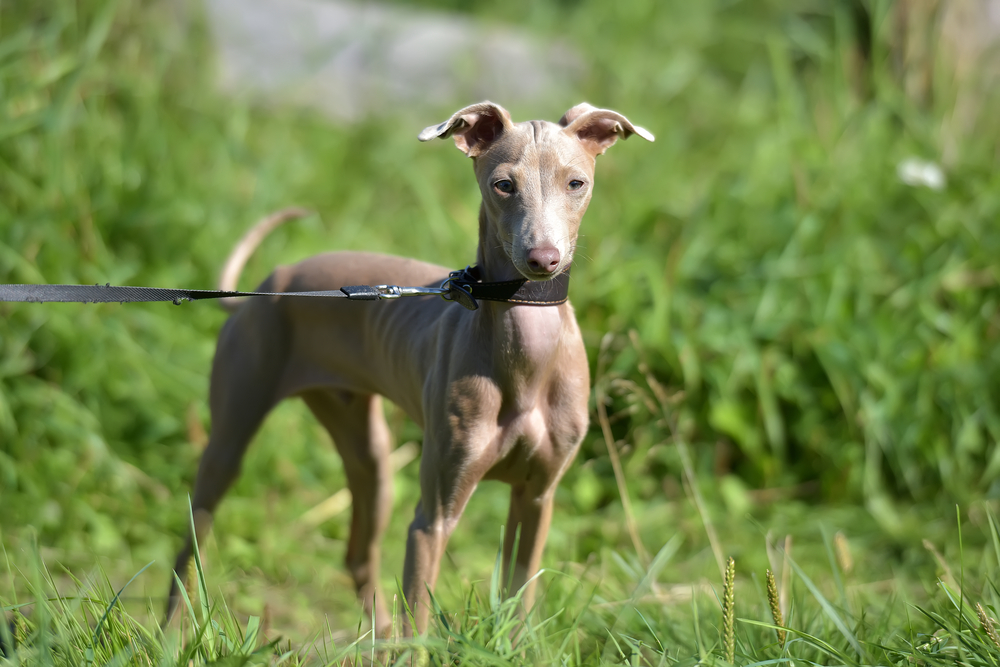
| Origin: | Peru |
| Lifespan: | 12–14 years |
| Weight: | 8.5–17.5 pounds |
The Peruvian Inca Orchid is a hairless or coated dog that can be found in several sizes, including small, medium, and large. They have a long history, with images of them being depicted in pottery dating to 750 A.D. They form strong bonds with their owner and can make an excellent companion, but they require a great deal of exercise and mental stimulation to prevent boredom.
12. Poodle (Miniature)
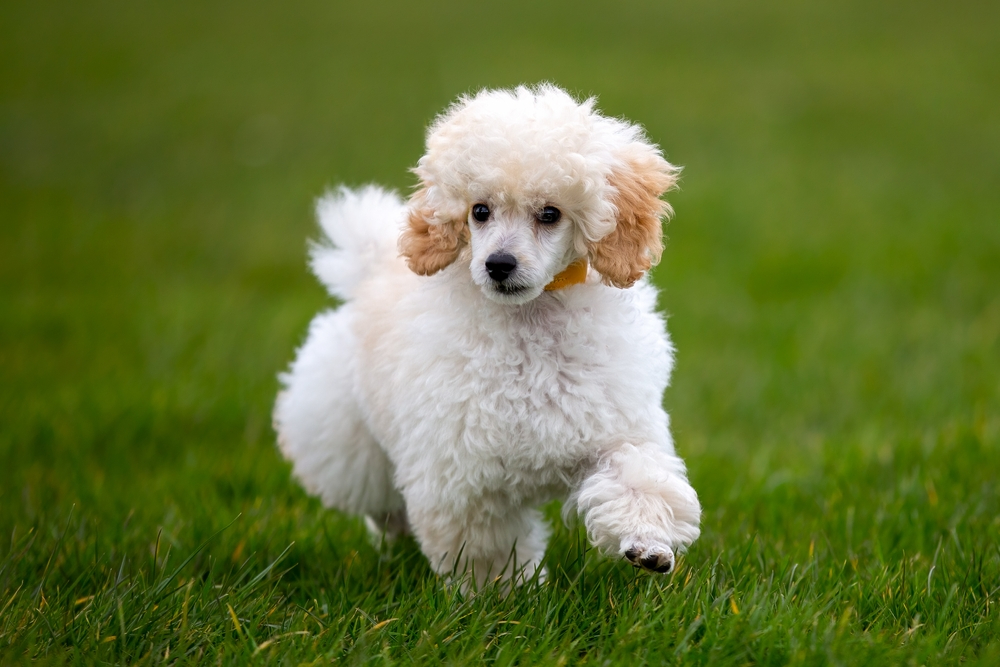
| Origin: | France |
| Lifespan: | 10–18 years |
| Weight: | 10–15 pounds |
The Poodle is the national dog of France, and they are available in several sizes, including miniature. This is one of the smartest breeds, making them great fun to train, and they get along well with family members and children. They are also open to strangers and love to play games and swim. They are low shedders but still have high grooming needs.
13. Russian Tsvetnaya Bolonka
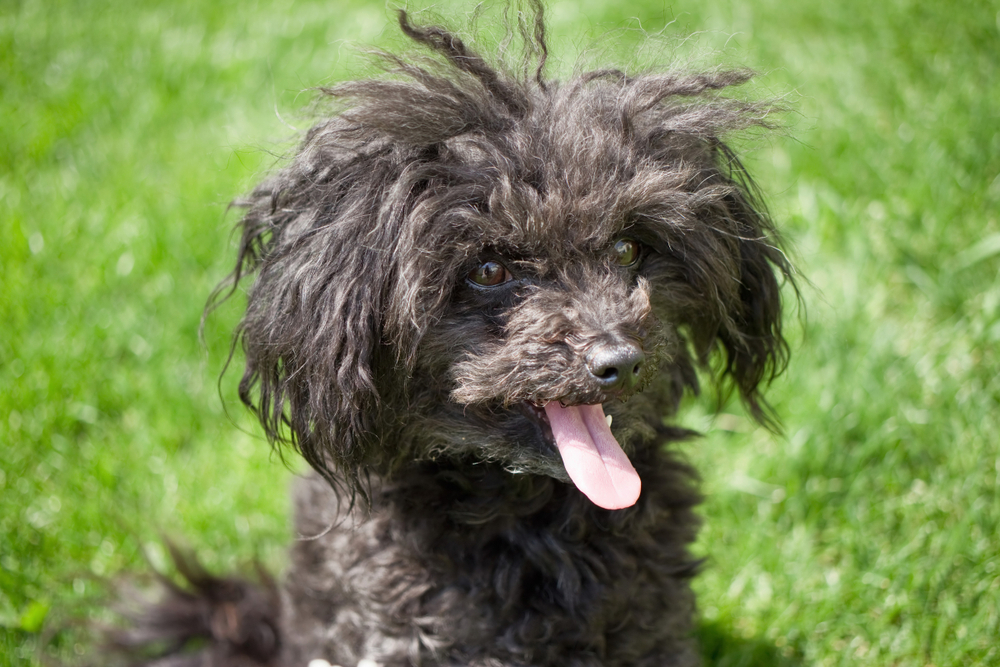
| Origin: | Russia |
| Lifespan: | 14–20 years |
| Weight: | 6–9 pounds |
The Russian Tsvetnaya Bolonka is a small and attractive dog that gets along extremely well with family members, children, and other pets. They are loving lap dogs that breeders developed to be fantastic companions, and they don’t disappoint, as they’re easy to train and rarely bark. They have moderate grooming needs and shed a fair amount of fur.
14. Xoloitzcuintli
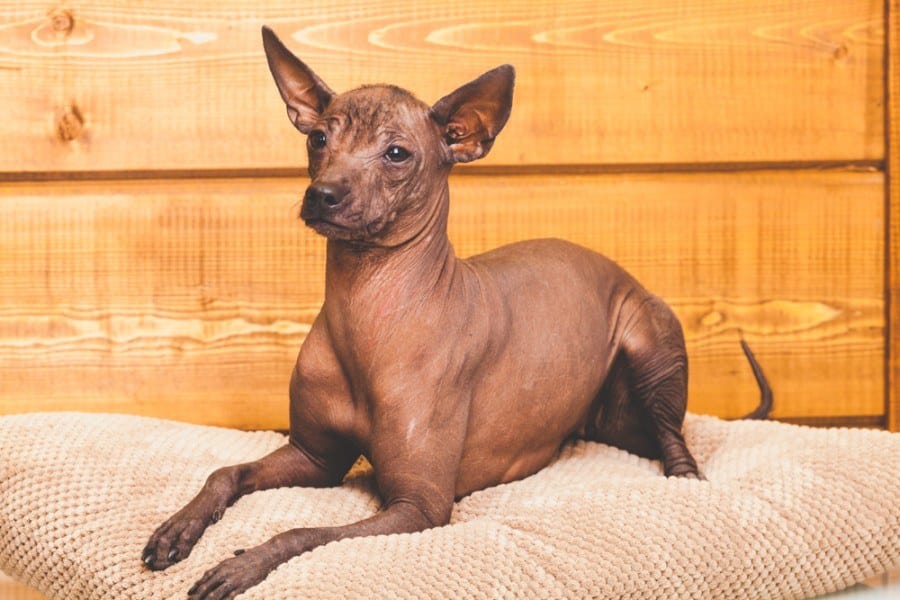
| Origin: | Mexico |
| Lifespan: | 13–18 years |
| Weight: | 10–15 pounds |
The Xoloitzcuintli are national treasures in Mexico, and their history dates back more than 3,000 years. These hairless dogs with intelligent expressions form strong bonds with family members. They can be found in three sizes: toy, miniature, and standard. They are playful, require little grooming, and are easy to train.
15. Yorkshire Terrier
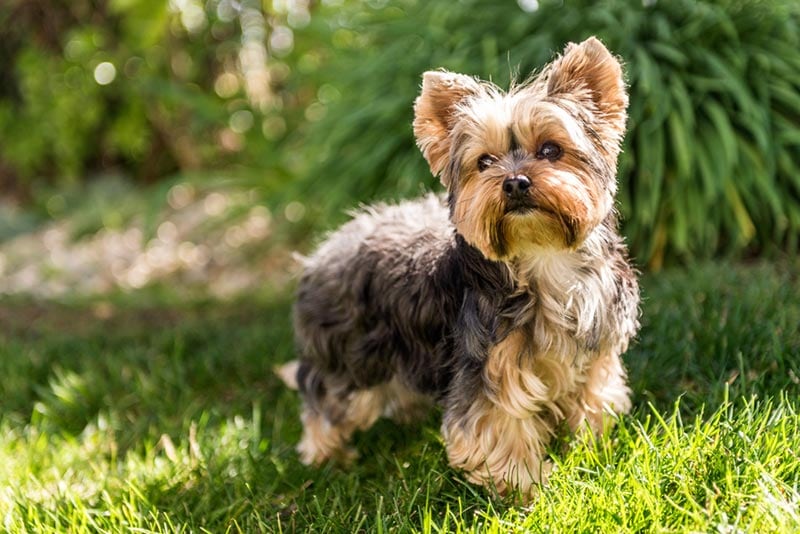
| Origin: | England |
| Lifespan: | 11–15 years |
| Weight: | 7 pounds |
The Yorkshire Terrier is an extremely popular breed due to their long fur, which gives them a majestic appearance. You will instantly fall in love with them as they quickly form strong bonds with other family members, children, and other pets, making them one of the friendliest dogs on this list. However, they are quite vocal to let you know about any potential dangers, and even though they are low shedders, they require a significant amount of grooming to keep their fur looking its best.

Frequently Asked Questions
What Is the Smallest Hypoallergenic Dog?
The Maltese is likely the smallest hypoallergenic dog breed, with most dogs weighing less than 7 pounds, though toy-sized Yorkshire Terriers can be 5 pounds.
Can Hypoallergenic Dogs Still Trigger Allergies?
Unfortunately, they can. Allergies vary greatly among people, and even low-shedding dogs produce enough allergens to cause reactions. Spending time with a dog before adopting can help determine if a specific breed triggers allergies.
Do Hypoallergenic Dogs Require Special Care?
Aside from the grooming needs specific to their coat type, hypoallergenic dogs don’t generally require special care that is different from what you would give to any dog.
Although no dog is completely hypoallergenic, regular bathing can help reduce the amount of dander and other allergens in their fur and the air. We highly recommend Hepper's Oatmeal Pet Shampoo for this job!
At Dogster, we've admired Hepper for many years, and decided to take a controlling ownership interest so that we could benefit from the outstanding designs of this cool pet company!

Summary
There are several small and low-shedding dog breeds that would make great pets for any family. Our favorites include the Poodle, Russian Tsvetnaya Bolonka, and American Hairless Terrier. Each of these dogs gets along well with family members and children and won’t bark too much, making them ideal for apartment living.
Featured Image Credit: ardiwebs, Shutterstock

